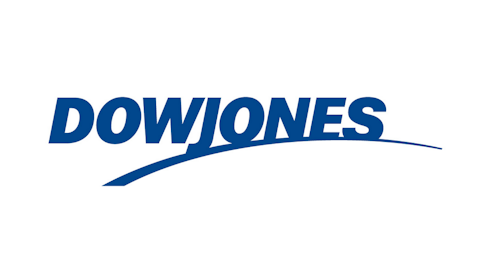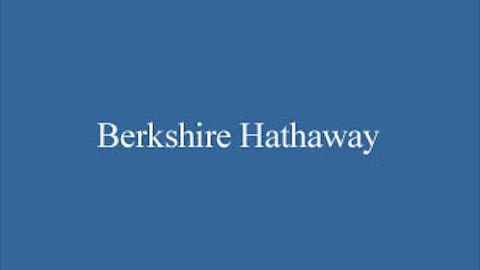At a time when the U.S. economy continues to pick steam and the stock market rebounds after the scary swoon in June, the expanding wealth of Americans, brought about by the uptick in housing market and expanding stock markets, benefits American Express Company (NYSE:AXP). American Express Company (NYSE:AXP) is a diversified financial services company with a focus on credit card network and proprietary charge and credit cards and the company’s customer base is the wealthy clientele. This particular factor of American Express Company (NYSE:AXP) is the key to its future success.
American Express Company (NYSE:AXP)’s two major sources of income are 1) the discount revenue, which represents fees charged to merchants when cardholders use their cards and 2) interest charges on outstanding balances and annual fees from their credit card holders. Discount revenue accounted for 56% of total revenue net of interest expense in the first quarter of 2013 while interest income contributed more than 20% in revenue generation.
Although, unlike its competitors, the company does take on credit risk, the improving economy and its high-end wealthy customers (who rarely default) have traditionally allowed the company to trade at a premium to the market. Visa Inc (NYSE:V) and Mastercard Inc (NYSE:MA), the two main competitors of American Express Company (NYSE:AXP), essentially make their money on transactions fees. In this business model, Visa Inc (NYSE:V) and Mastercard Inc (NYSE:MA) do not take on credit risk, but instead they pass it on to various issuer banks. On the other hand, American Express Company (NYSE:AXP) issues its own charge and credit cards and thus, in the process, provides credit to its customers. This defining element of American Express Company (NYSE:AXP)’s business model does expose the company to credit risk, but also adds a lucrative interest income source and a loyal customer base that enjoys more personalized customer services offered by American Express.
At the moment, however, American Express trades at 14.5 times its forward 2014 earnings while the S&P500 trades at 15.5 times its forward earnings. Fundamental investors will find value in this high quality business, especially when compared to its two other competitors discussed below. The company posted an EPS figure of $1.15 and revenues of $7.881 billion for the first quarter of 2013. Analysts estimate that American Express will earn $1.22 per share for the second quarter against revenues of $8.32 billion. The company will report its earnings for the second quarter on July 17.
Competitors
The prestigious Visa is the operator of the world’s largest retail electronic payments network through its credit cards, debit cards, and prepaid cards. Visa makes money by facilitating the transactions among customers, merchants and their banks. In doing so, Visa collects a fee for processing the transaction but does not take extend any credit to customers; it’s the member bank which actually extends credit to its customer. Thus, unlike American Express, it does not take on credit risk. Visa’s two major sources of income are 1) Service revenues and 2) Data processing revenues. Service revenues accounted for 46% of total operating revenues for the March 2013 quarter while data processing contributed 39%. The company also makes money from card service fees and data processing fees.
The stock has had a good run so far and has posted a one-year return of 49%. Visa posted earnings of $1.92 per share for the second fiscal quarter of 2013 with revenues of $2.96 billion and it benefits from its global presence which has allowed the company to maintain the largest market share in the industry. The company reported a 7% increase in global payment volumes while it processed 14 billion transactions. Visa intends to expand outside the U.S. to take advantage of the growing use of plastic cards around the world. Indeed, it reported a 25% increase in revenues from outside the U.S. But despite all these positives, I believe the stock is ahead of itself. It currently trades at 22.5 times its forward 2014 earnings and investors should probably wait for a more attractive entry point.




